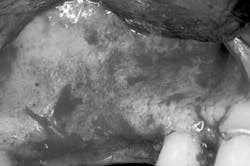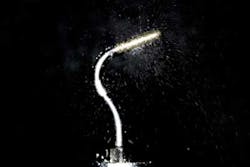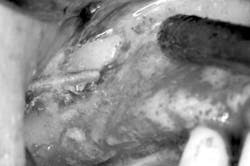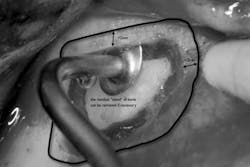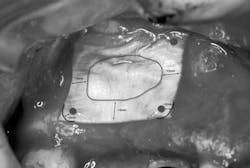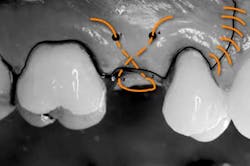How to increase safety and reduce complications during sinus lift
Introduction
Maxillary sinus augmentation (or sinus lift) is a very effective surgical procedure used to increase bone in the posterior maxilla and, therefore, allow placement of dental implants. The complications most frequently encountered during this type of surgery are laceration of an intraosseous artery (causing bleeding) and perforation of the Schneiderian membrane (the membrane lining the maxillary sinus cavity). In case of bleeding, the procedure has to be suspended (sometimes aborted) until the bleeding is controlled. In case of perforation of the Schneiderian membrane, a repair must be attempted, increasing considerably the length of the procedure and consequently the postoperative discomfort and incidence of complications. The conventional technique for maxillary sinus augmentation involves the use of a high-speed handpiece for the removal of the thin cortical plate that constitutes the lateral wall of the maxillary sinus. In the vast majority of the cases, this bony wall is less than 1 mm (Neiva et al 2004). With the conventional technique, perforation of the Schneiderian membrane occurs in approximately 40% of the sinus lift procedures. A recently developed technique (Geminiani et al 2011) significantly reduces the incidence of this type of complications (Geminiani et al, in press).
RELATED |And you thought dental plaque was bad: preventing evolution of biofilms
RELATED |A review of the maxillary sinus
Description of the technique
1. A full-thickness flap is reflected to gain access to the lateral wall of the maxillary sinus (Fig. 1). In this area the bone is normally very thin, usually less than 1 mm.Fig. 34. The sinus membrane is separated from the bony wall. Perforations of the membrane occur frequently during this phase. To increase safety and reduce complications, the air-driven sonic handpiece is used, coupled with the discoid insert. The insert is activated (vibrating and irrigated by the water spray) and then placed between the lateral bone wall and the Schneiderian membrane (Fig. 4).

